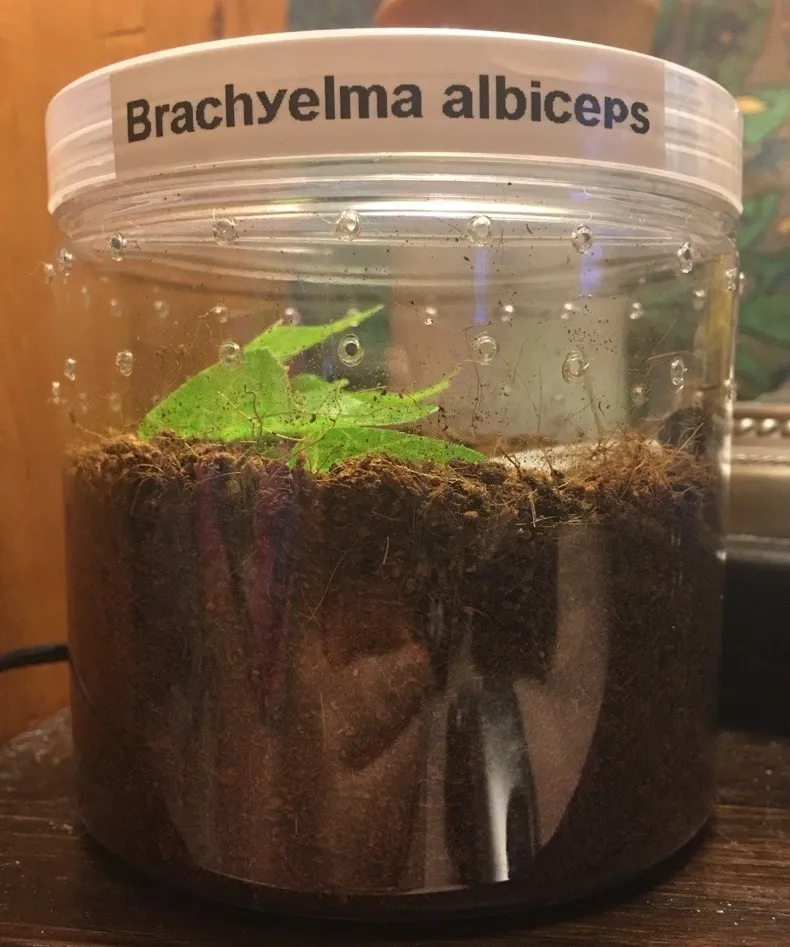Understanding Dehydration in Tarantulas
Dehydration is a serious threat to tarantulas, often stemming from insufficient access to water or an environment that is too dry. Unlike mammals, tarantulas don’t have complex systems for regulating water balance, making them highly susceptible to fluid loss. Understanding the causes and recognizing the signs of dehydration is crucial for any tarantula owner. Factors like low humidity, improper ventilation, and even underlying health issues can contribute to a tarantula becoming dehydrated. Prompt action is key to preventing severe health complications and ensuring the well-being of your pet.
Identifying Signs of Dehydration
Recognizing the signs of dehydration early is vital for successful treatment. Tarantulas, being relatively cryptic creatures, don’t always display obvious symptoms. Regular observation is essential. Early detection can make a significant difference in the outcome. Here’s what to look for.
Lethargy and Weakness
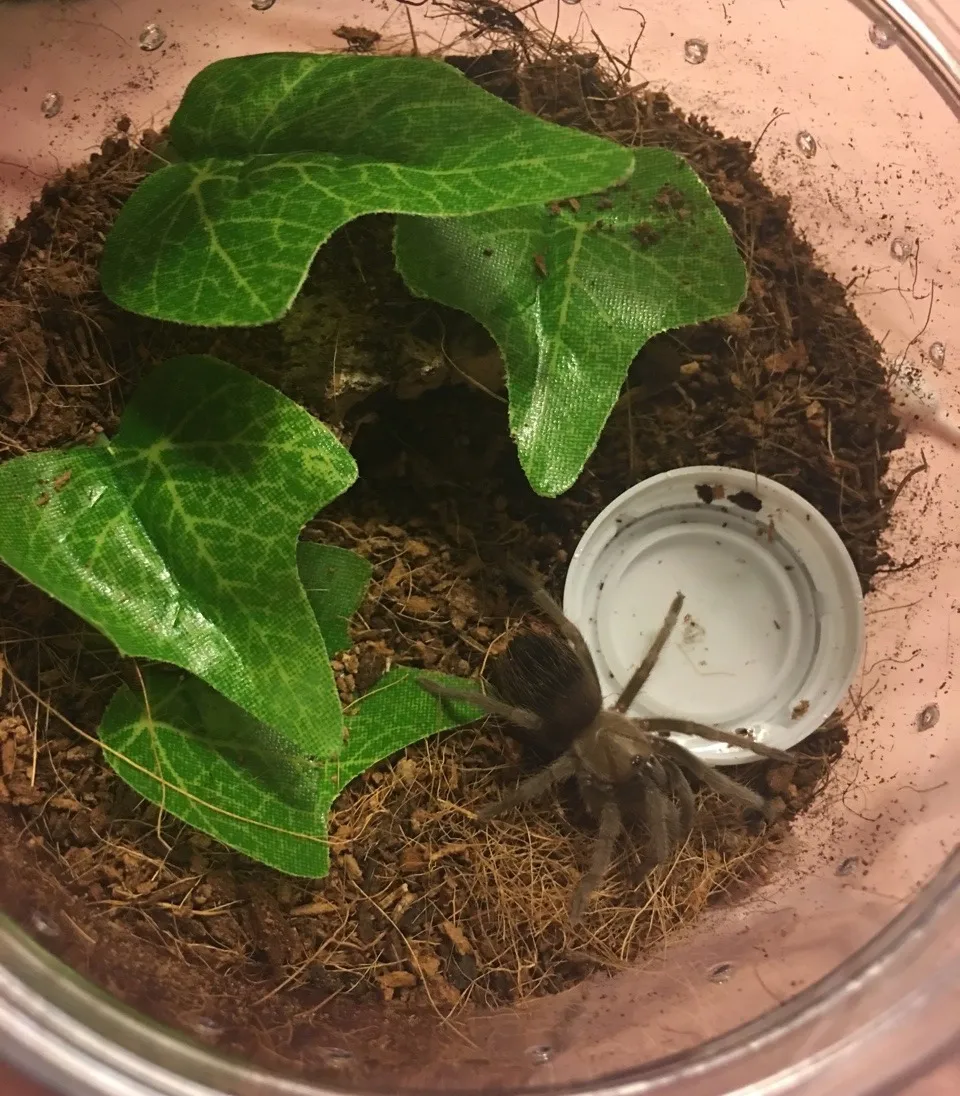
A dehydrated tarantula will often become less active than usual. They may move slowly, have difficulty climbing, or spend more time hiding in their burrow. This lethargy is a direct result of the body’s reduced ability to function efficiently without sufficient fluids. If your tarantula that used to be active becomes sluggish, it’s important to investigate the potential for dehydration.
Wrinkled Abdomen
One of the most visible signs of dehydration is a wrinkled or shrunken abdomen. This is because the abdomen, the largest part of the tarantula’s body, stores water. As the tarantula loses fluids, the abdomen will appear less plump and may show noticeable wrinkles. This is a clear indication that the tarantula needs immediate attention and rehydration. A photo of a healthy tarantula compared to a dehydrated one clearly shows the difference, highlighting the importance of observation.
Loss of Appetite
Dehydrated tarantulas may lose their appetite and refuse to eat. This loss of interest in food is a sign that the tarantula’s metabolic processes are compromised. Dehydration affects the tarantula’s ability to digest and utilize nutrients, leading to a lack of interest in feeding. If your tarantula stops eating and shows other signs of dehydration, it’s essential to address the underlying problem promptly. This lack of appetite can quickly lead to further health complications if left unchecked.
Top 5 Care Tips to Prevent Dehydration
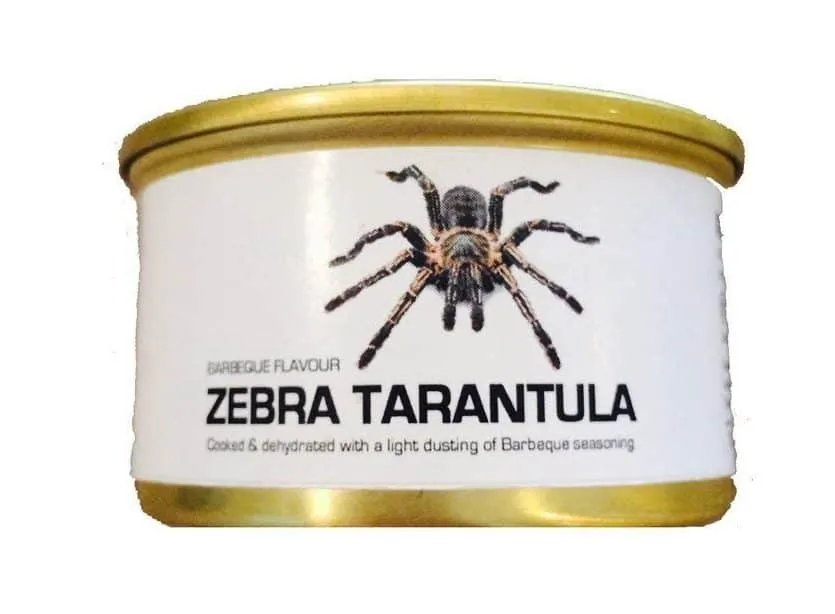
Preventing dehydration is far easier than treating it. Implement these care tips to ensure your tarantula stays healthy and hydrated. These simple steps can drastically improve the quality of life for your pet and minimize the risk of dehydration.
Tip 1 Provide Fresh Water
Providing a constant supply of fresh, clean water is the most crucial step in preventing dehydration. This can be achieved through a shallow water dish that’s easily accessible to the tarantula. The water should be non-chlorinated, as chlorine can be harmful to spiders. Regularly monitor and replace the water to avoid contamination and the growth of bacteria. Position the water dish where it is easily accessible without posing a drowning hazard. A shallow dish is preferable to a deep one.
Water Dish Size and Placement
The size of the water dish should be appropriate for the tarantula’s size. A dish that is too large can pose a drowning risk, especially for smaller spiderlings. Choose a shallow dish that allows the tarantula to easily drink without the risk of falling in. Placement is also critical. Ensure the dish is stable and not easily tipped over. Position it in a location away from direct heat sources to prevent the water from evaporating too quickly. A heavy ceramic dish is often a good choice, as it is unlikely to be tipped over.
Frequency of Water Changes
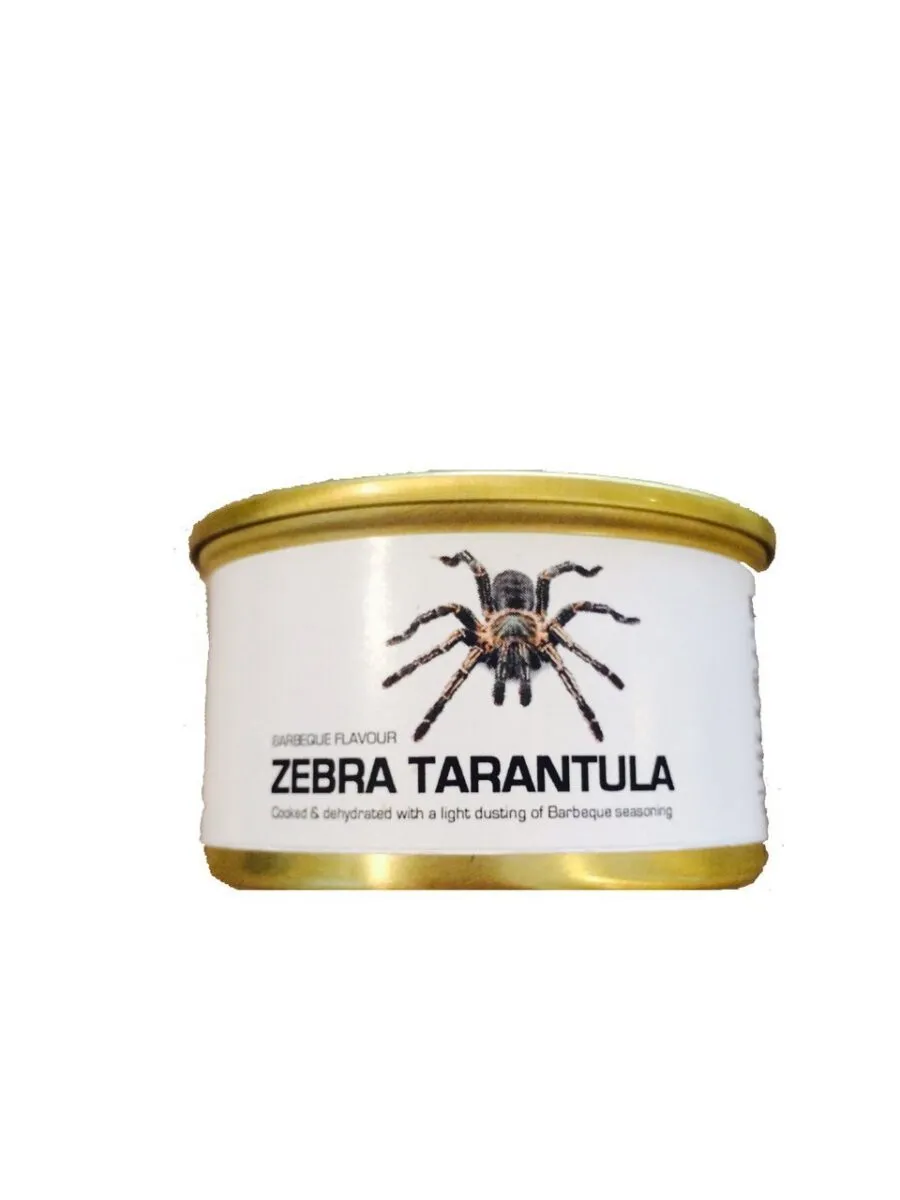
Change the water in the dish at least every other day, or daily if the environment is warm. This will help prevent the growth of bacteria and algae. Thoroughly clean the water dish with warm water (no soap) each time you refill it. If you notice any debris or particles in the water, replace it immediately. Regular water changes help ensure the water stays clean and palatable for your tarantula. Consistent maintenance is key to optimal hydration and overall health.
Tip 2 Maintain Proper Humidity Levels
Humidity plays a vital role in tarantula health. Many species thrive in specific humidity ranges, which helps them absorb moisture through their exoskeleton. Monitoring humidity levels is essential, and it can be achieved through the use of a hygrometer within the enclosure. Adjusting humidity levels can be done through misting, providing a substrate with good moisture retention, or by increasing ventilation to prevent excess moisture buildup. The appropriate humidity level varies depending on the species, so research the specific needs of your tarantula.
Humidity Requirements by Species
Different tarantula species have varying humidity requirements. For example, many tropical species require high humidity levels (70-80%), while desert species prefer much drier conditions (40-60%). Researching the specific needs of your tarantula species is vital. Incorrect humidity levels can lead to dehydration or respiratory problems. Knowing the ideal range for your tarantula will help in creating the right environment. Always provide a humidity gradient if appropriate, allowing the tarantula to choose its preferred environment.
Methods for Increasing Humidity
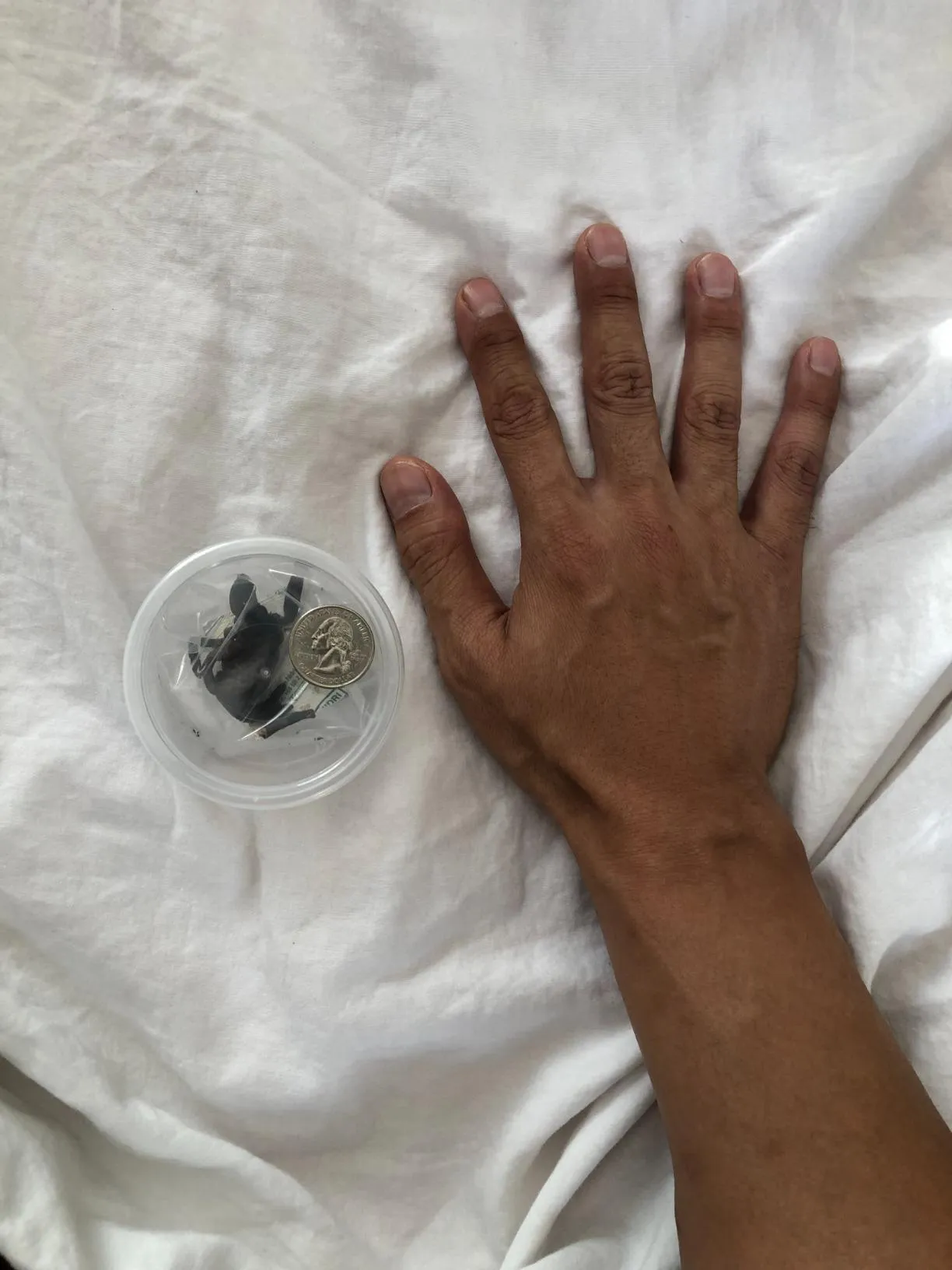
There are several methods for increasing humidity. Misting the enclosure with dechlorinated water, especially in the evening, is a common practice. The frequency of misting will depend on the species’ needs and the ambient humidity. Another effective method is to increase the moisture content of the substrate. Using a substrate that retains moisture well, such as coco coir or peat moss, helps maintain humidity. Provide a shallow water dish to promote evaporation. Be cautious not to over-saturate the enclosure, as this can lead to mold growth and other health issues. A hygrometer can help you monitor these levels.
Tip 3 Choose the Right Substrate
The substrate is more than just the flooring of your tarantula’s enclosure; it plays a crucial role in maintaining humidity and providing a comfortable environment. Choosing the right substrate is essential for preventing dehydration. Substrate selection is particularly important in maintaining the correct humidity levels. Certain types of substrate hold moisture better than others, which helps in maintaining the correct humidity levels.
Substrate Types and Water Retention
Different substrate types have varying water retention capabilities. Coco coir and peat moss are excellent choices, as they absorb and hold moisture well. These substrates help maintain the humidity levels needed by many tarantula species. Other suitable options include vermiculite and, in some cases, a mixture of soil and sand for terrestrial species. Avoid substrates that dry out quickly, as they won’t provide adequate humidity. Always research the best substrate for your specific tarantula species.
Substrate Depth and Maintenance
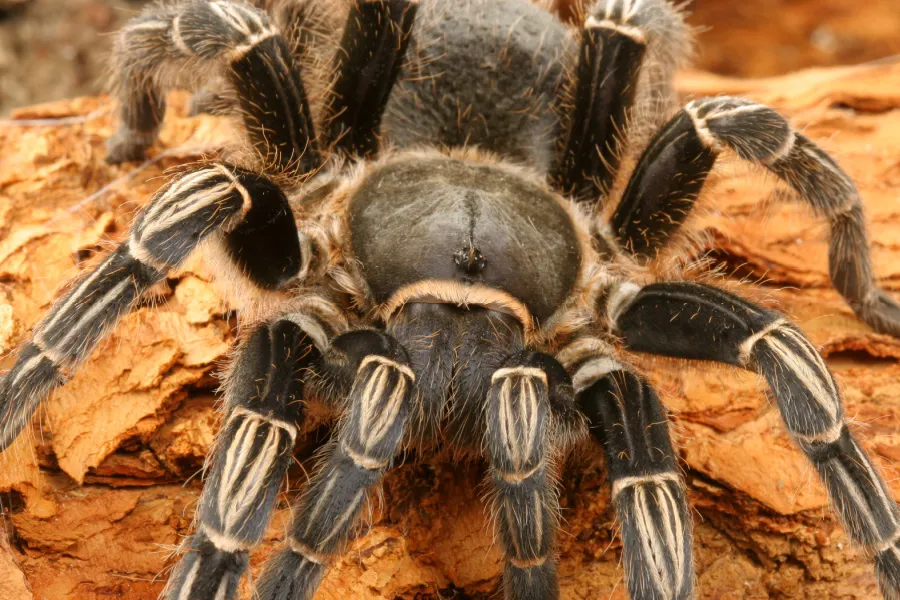
The depth of the substrate should be appropriate for the tarantula species. Deeper substrates are beneficial for burrowing species. A good depth also helps in maintaining a stable humidity level. Regular maintenance is necessary to prevent the growth of mold and bacteria. Spot clean the substrate regularly to remove uneaten food and waste. Replace the entire substrate periodically. The frequency of replacement will vary based on the species, enclosure size, and other factors. A well-maintained substrate contributes significantly to the overall health and hydration of your tarantula.
Tip 4 Avoid Overheating
Overheating can lead to dehydration by accelerating the loss of moisture from the tarantula’s body. Maintaining the correct temperature range is crucial for your tarantula’s well-being. Overheated environments can cause the tarantula to lose moisture more quickly. Proper ventilation, the right placement of the enclosure, and avoiding direct sunlight can all help prevent overheating. Monitor the temperature in the enclosure regularly and make adjustments as needed.
Temperature Guidelines
The ideal temperature for most tarantula species is between 75-85°F (24-29°C). Use a thermometer to monitor the temperature within the enclosure, ensuring it stays within the recommended range. Avoid placing the enclosure near direct sunlight, heat vents, or other heat sources. If the temperature is too high, the tarantula’s metabolism speeds up, increasing the rate of water loss. Be prepared to take steps to cool the enclosure if the temperature exceeds the safe range. It is always better to err on the side of being too cool.
Ventilation and Airflow
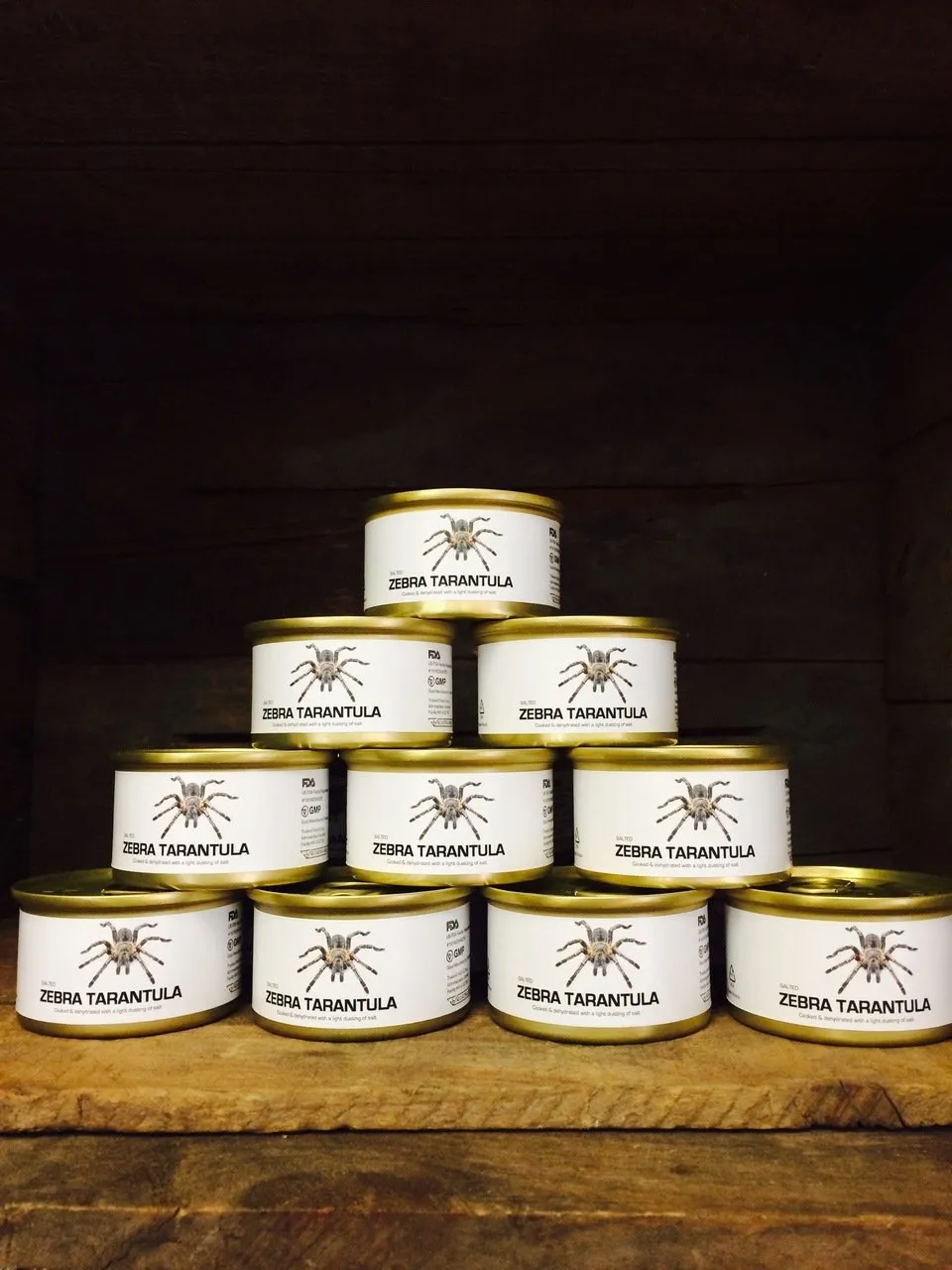
Adequate ventilation is crucial to prevent overheating and maintain the correct humidity levels. Proper airflow helps prevent the buildup of stagnant, humid air, reducing the risk of mold and bacterial growth. Ensure the enclosure has adequate ventilation, typically through a combination of top and side vents. Poor ventilation can trap heat and accelerate dehydration. Avoid completely sealing the enclosure, as this can create an unhealthy environment. Always design the enclosure with proper ventilation in mind, ensuring the tarantula has access to fresh air while maintaining the correct humidity levels.
Tip 5 Regular Observation and Monitoring
Regular observation is one of the most important aspects of tarantula care. Knowing your tarantula’s normal behavior is key to noticing any changes that may indicate dehydration. Watch for subtle signs of dehydration, such as lethargy, wrinkled abdomen, or loss of appetite. Early detection is essential for prompt treatment. Daily observation allows you to identify potential problems before they become severe. Regular monitoring is fundamental to the well-being of your pet.
Checking for Early Warning Signs
Check your tarantula daily for signs of dehydration. Observe its activity level, appetite, and the appearance of its abdomen. Note any changes in behavior. The most common early warning signs include lethargy, a lack of interest in food, or a slightly shrunken abdomen. If you notice any of these signs, take immediate action to address the potential problem. Early intervention can often prevent the condition from worsening and potentially save your pet. Use a flashlight to check the enclosure daily; note any behavioral changes.
When to Seek Veterinary Assistance
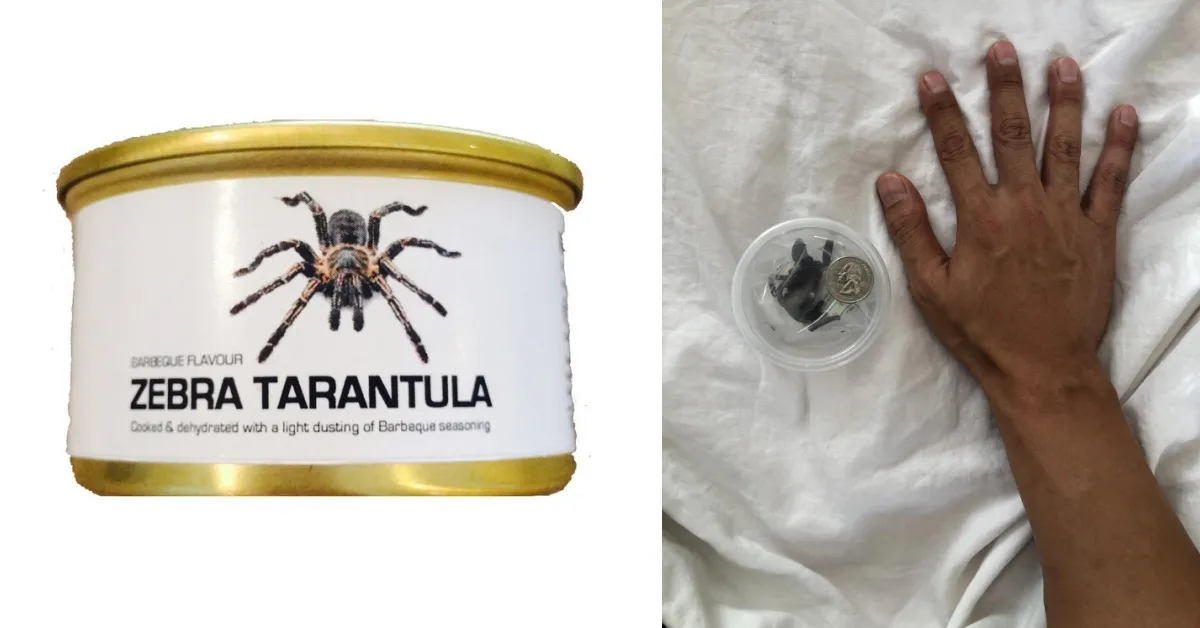
If you suspect your tarantula is dehydrated and home remedies aren’t effective, seek professional veterinary assistance. A veterinarian specializing in exotic animals can provide the appropriate diagnosis and treatment. Serious signs of dehydration, such as complete lack of movement, prolonged loss of appetite, or severe abdominal wrinkling, require immediate veterinary care. The vet may administer fluids, prescribe medication, or recommend other treatments. Don’t hesitate to contact a veterinarian if you are concerned about your tarantula’s health. Quick professional intervention is often critical.
Treating a Dehydrated Tarantula
If your tarantula is already dehydrated, prompt and effective treatment is essential. Several methods can be used to rehydrate a dehydrated tarantula. Treatment should be initiated immediately when dehydration is suspected. Treatment plans may need to be adjusted depending on the severity of the dehydration and the species of the tarantula. The goal is to restore hydration and get the tarantula back to its normal, healthy state. Always consult with a veterinarian when in doubt.
Rehydration Techniques
The primary goal is to restore the tarantula’s fluid balance. Mildly dehydrated tarantulas can sometimes be rehydrated by providing fresh water and increasing the humidity in their enclosure. More severely dehydrated tarantulas may require more intensive methods. Rehydration often involves a combination of providing water and adjusting the environment. Always act quickly and be prepared to implement the right techniques.
Oral Rehydration
For slightly dehydrated tarantulas, you can try gently offering water droplets directly. This can be done using a syringe or a small, soft brush. Ensure the water is non-chlorinated and at room temperature. Carefully place the water near the tarantula’s mouthparts, allowing it to drink at its own pace. Do not force the tarantula to drink, as this can cause stress and potentially aspiration. Provide this rehydration assistance in conjunction with other measures, and monitor progress. Always be gentle and patient while assisting your tarantula.
Environmental Adjustments
Adjust the enclosure environment to increase humidity and provide a suitable environment for recovery. Mist the enclosure with dechlorinated water, ensuring that the tarantula has access to water droplets. Increase the humidity levels by adding moistened substrate or using a humidifier. Ensure good ventilation. Adjust the temperature to the ideal range. Provide a safe, comfortable environment to aid the tarantula’s recovery. By adjusting the environment, you create an environment that supports the rehydration process, helping the tarantula feel better. Monitor your tarantula daily.
Preventative Measures for Future
Once your tarantula has recovered from dehydration, take steps to prevent it from happening again. Implement the preventative measures discussed earlier, such as providing fresh water, maintaining proper humidity, and avoiding overheating. Regularly monitor the tarantula’s health and behavior. Ongoing vigilance is the best way to ensure your tarantula remains healthy and hydrated. It helps prevent unnecessary stress and ensures a longer, healthier life for your pet.
